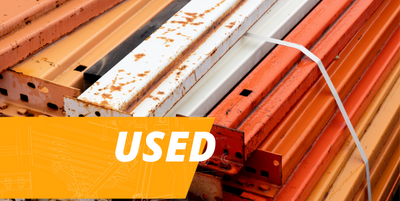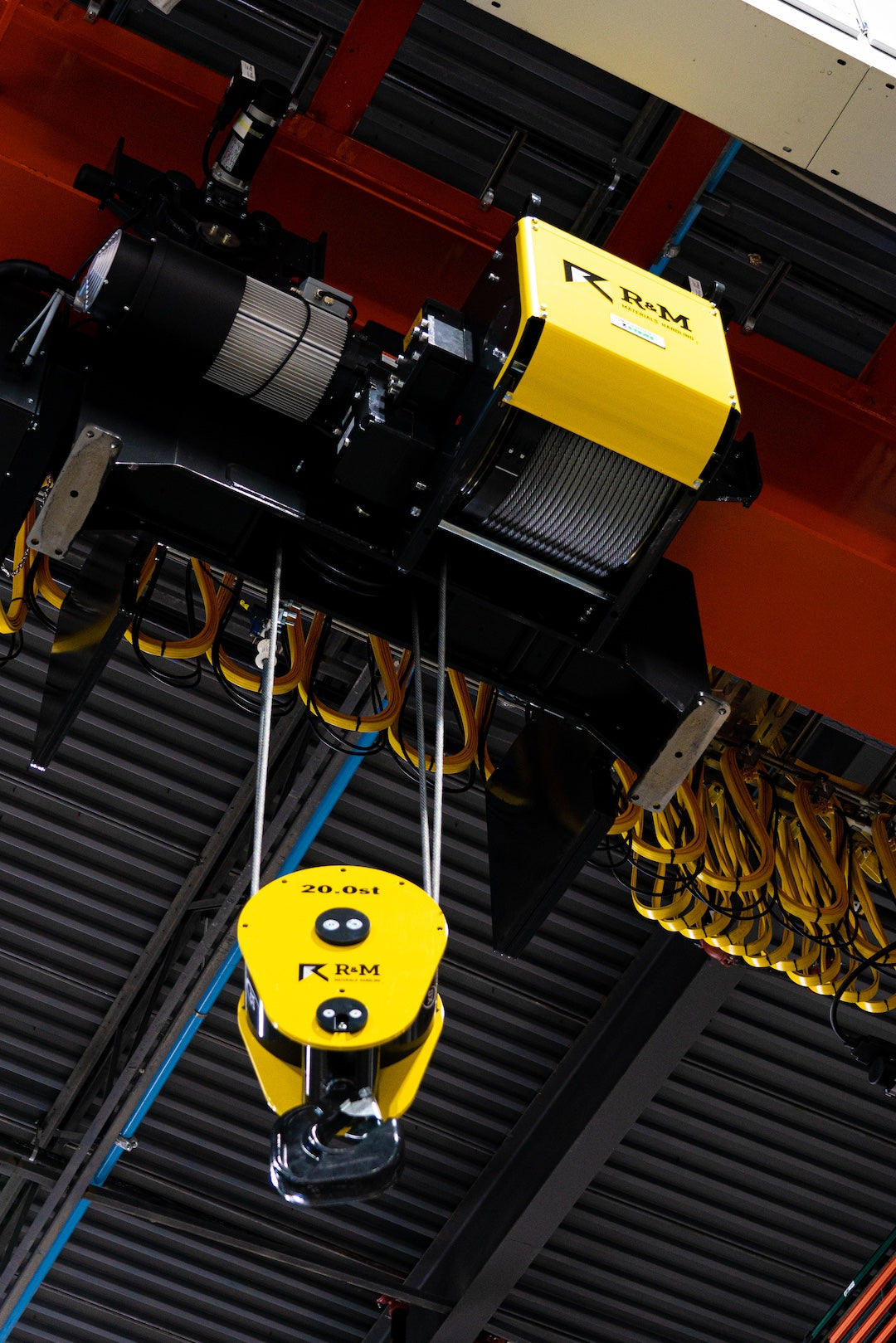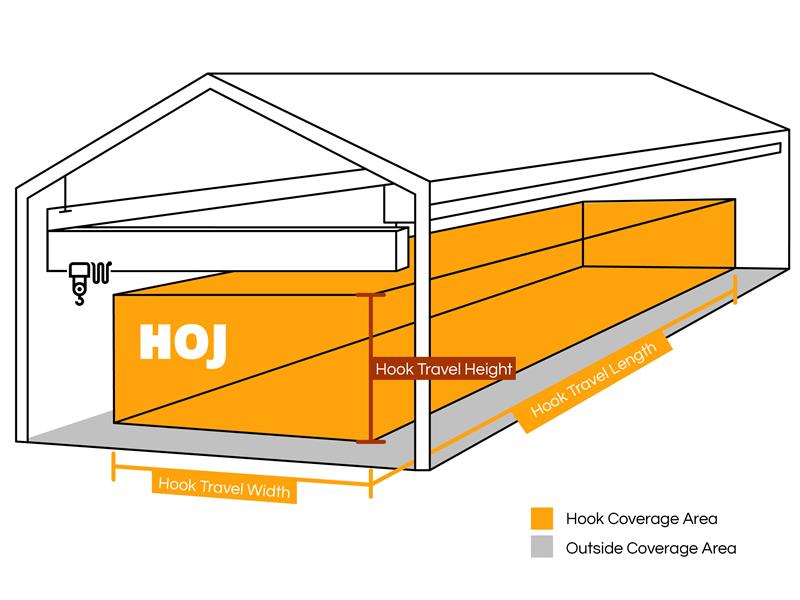Your Cart is Empty

6 Steps to Obtaining a Racking Permit
Before we talk about the 6 steps to obtaining a racking permit, let’s start with some background on their importance.
Do you really need a permit to install all of your racking? You betcha! Any racking taller than 5 feet 10 inches has to be permitted. That’s the law. The government wants to keep companies and their employees safe at work. Warehouses without proper racking permits can be very dangerous, so do not install anything without one.
At Hoj, our center focus is safety. We know that obtaining a permit can be an annoyance, but the benefits far outweigh the costs. It is a good thing that keeps people safe.
AVOID A SHUTDOWN
You may think you can avoid obtaining a racking permit until the city comes and inspects your building, but you’re just postponing the inevitable:a shutdown. Permits should not be taken lightly. Your business could be in jeopardy if you don’t obtain one. Fire marshals put a seize on business licenses when they are not up to code or do not have permits in place. Their purpose is to make work environments safe places for people to be.
We understand that going through the necessary steps to obtain a permit can be frustrating. It costs a bit more money, takes more time, and requires more effort. But you won’t regret doing it. Obtaining a racking permit prevents you from major headaches down the road. The benefits of getting your permits heavily outweigh the risks of losing your business.
FYI: We do not provide racking if permits are not obtained. Every job and installation is done with safety in mind, and city codes and permit requirements help foster safe work environments.
Ok, now that we know how important permits are, let’s go through how to actually get one.
In order to obtain a racking permit,you need to have a contractor's license. Most cities do not let you pull a permit unless you have one. If you do not have a contractor’s license, find someone who does to help you out. We have a contractor’s license and often pull permits for clients’ racking projects. If you need one,let us know.
When you have someone with a contractor’s license who can help you, follow these six steps to obtain a racking permit.
Step #1 - Create layout drawings
A drawing of your warehouse layout is the basis of your project. Figure out where will you set up your racking, how tall you want it, and most importantly, how much weight you want to store. Knowing the weight capacity you plan to hold will tell you the size of beams your racking will be, how wide your pallet bays need to be, and how many rows of racking your building can fit.
Knowing the answers to these questions and putting it all in a layout design drawing will make obtaining a racking permit much easier.
Step #2 - Get seismic calculations from an expert
Once you have the layout drawings, it’s time to bring in a racking engineering expert. The expert will come to your facility and gather the necessary information to perform seismic calculations for your project.
Every zip code in the US has a seismic rating, which directly affects how much weight your racking will be able to handle when considering seismic forces. Knowing your code will help you find the types of racking that will work best in your warehouse. You can find your seismic rating on theFEMA website. The expert will factor in that rating to identifying your warehouse’s racking needs.
Step #3 - Figure out the fire suppression information on your building
Next, you’ll need to know the fire suppression information on your building. Knowing this will help you better understand your warehouse and will protect your company and employees from extensive harm and damage.
Any racking over 12 feet tall requires additional fire suppression in the building. Early Suppression, Fast Response (ESFR) systems are the most commonly required for high pile storage. However, all systems depend on what material is being stored. If the material is very flammable, it may require additional in-rack fire suppression.
Step #4 - Take the specs of your warehouse to the city
With the contractor’s license in hand, gather the seismic calculations, the warehouse layout drawings, the fire suppression information, the height of your racking, and the inventory you’ll be storing and take them to the city’s building department. This is where you pull the racking permit.
Step #5 - Pull and pay for permit that day
You do not want to make this trip to the city multiple times if you don’t have to, so pay for the permit the day you take all of the warehouse information in. If you’re missing any info, they may ask you to come back.
After pulling and paying for the permit with the city, you have a limited number of days to close the permit with the city. So finish the project in the time allotted to you on your permit. Permits that are opened but never completed may be subject to penalties and fees.
Step #6 - Have a third-party anchor inspection
When the project is done and the permit is closed, a third-party anchor inspection will take place. Cities usually require a third-party (someone not affiliated with the racking company or the city) to inspect all of the anchors for your racks and make sure they are all installed correctly.
After this third party inspection, the city will either sign off on the project or request changes. If you need to make modifications, make them as quickly as you can and then ask the city to review them.
Once approved and accepted, you will receive a certificate of occupancy! For any addition or change you make, you must have a permit for it. So keep your records with the city all up to date. It will be very beneficial to the future of your warehouse and your business.
These six easy steps will help you follow the law, keep you organized, and get you the racking you need to push your business in the right direction.
With our team of experts, we’d love to help you keep things safe and up to spec. Let us know if you have any questions about the process.








